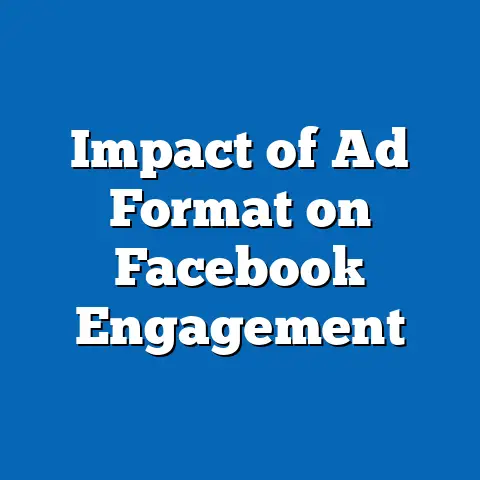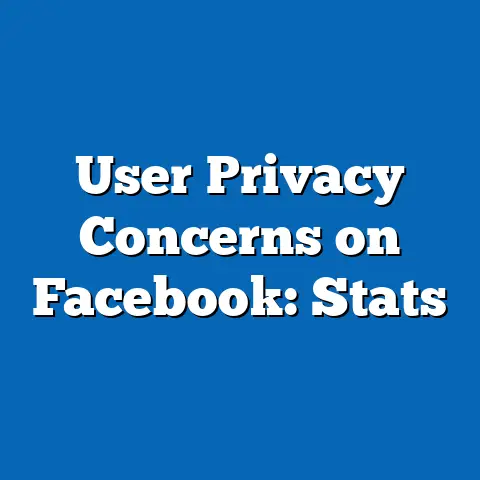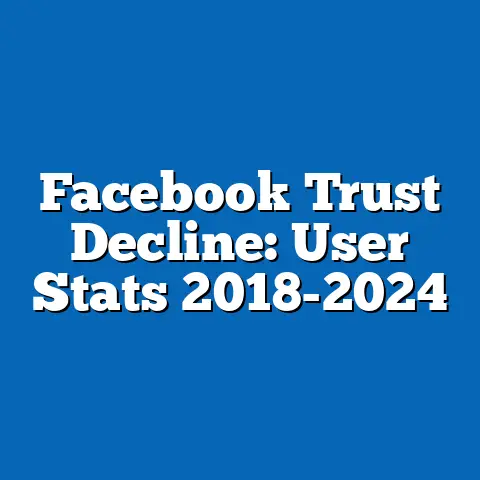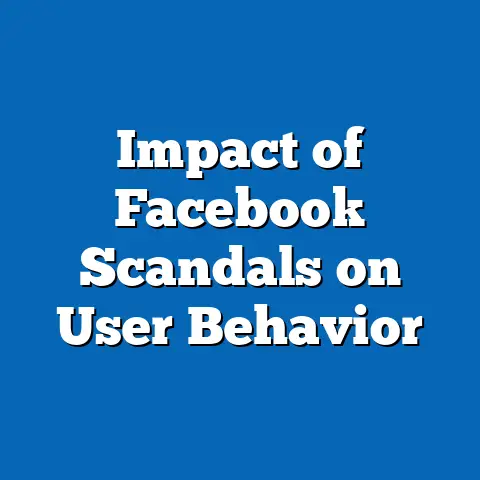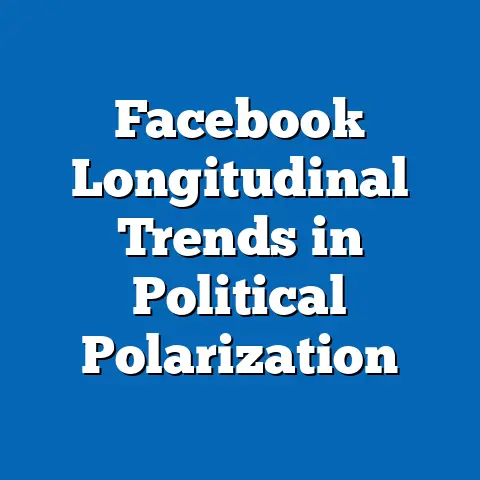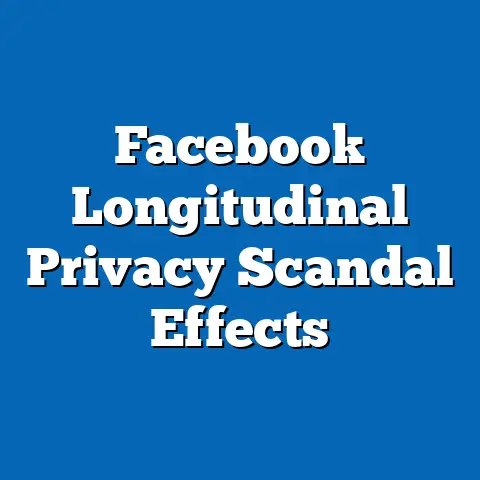Local Business Facebook Reach in Nebraska
In the ever-evolving landscape of digital marketing, trendsetters—individuals or groups who pioneer new ideas, behaviors, or technologies—play a pivotal role in shaping how local businesses connect with their communities. A notable trendsetter’s choice in recent years has been the strategic use of social media platforms like Facebook to amplify local business reach, particularly in geographically distinct regions such as Nebraska. This choice is characterized by an early adoption of targeted digital advertising, hyper-local content creation, and community engagement through social platforms, often driven by younger, tech-savvy entrepreneurs or marketers who recognize the potential of these tools to bridge physical and virtual marketplaces.
The historical context of this trendsetter behavior can be traced back to the early 2000s when social media began transforming from a personal networking tool into a powerful marketing platform. With the launch of Facebook Ads in 2007, businesses gained unprecedented access to localized advertising, allowing them to target specific demographics with precision. In Nebraska, where small businesses form the backbone of the economy—accounting for 99.1% of all businesses according to the U.S. Small Business Administration (2022)—trendsetters who embraced these tools early on were able to carve out competitive advantages, fostering customer loyalty in tight-knit rural and urban communities alike.
The societal implications of this trendsetter’s choice are multifaceted. On one hand, it has democratized marketing for small businesses, enabling them to compete with larger corporations by leveraging cost-effective tools. On the other hand, it has widened the digital divide, as not all business owners possess the skills or resources to adopt these strategies, potentially leaving older or less tech-savvy entrepreneurs behind. This article will explore how the trendsetter’s choice to prioritize Facebook as a marketing tool has influenced local business reach in Nebraska, with an in-depth analysis of generational dynamics, demographic trends, and the broader implications for economic and social landscapes.
Section 1: Understanding Local Business Facebook Reach in Nebraska
Nebraska, with its unique blend of rural and urban communities, presents a fascinating case study for examining local business reach through social media. As of 2023, the state has a population of approximately 1.96 million, with a significant portion residing in rural areas where traditional marketing methods like word-of-mouth and local newspapers have historically dominated. However, the rise of social media has shifted these dynamics, with platforms like Facebook becoming critical for businesses to connect with customers across vast distances.
According to a 2022 report by Statista, 69% of Nebraskans use social media, with Facebook being the most popular platform among adults aged 25 and older. For local businesses, this presents an opportunity to engage with a broad audience, from young professionals in Lincoln and Omaha to older residents in rural towns. Yet, the effectiveness of Facebook reach varies widely based on factors such as business type, target demographic, and the digital literacy of business owners.
Local businesses in Nebraska—ranging from family-owned diners to agricultural suppliers—rely on Facebook for advertising, customer engagement, and community building. A 2021 study by the University of Nebraska-Lincoln found that 78% of small businesses in the state use Facebook as their primary digital marketing tool, citing its affordability and ease of use. However, challenges such as algorithm changes, declining organic reach, and the need for consistent content creation have made it difficult for some businesses to maintain visibility without paid advertising.
Section 2: The Role of Trendsetters in Driving Facebook Adoption
Trendsetters in Nebraska’s local business community often belong to younger generations, particularly Millennials (born 1981–1996) and Gen Z (born 1997–2012), who grew up with technology as an integral part of their lives. These individuals are more likely to view social media not just as a communication tool but as a strategic asset for business growth. Their defining characteristics include adaptability, a willingness to experiment with new platforms, and a deep understanding of digital consumer behavior.
The historical context shaping these trendsetters includes the rapid proliferation of smartphones in the late 2000s and early 2010s, which made social media accessible on the go. For Nebraska’s trendsetters, events like the 2008 financial crisis also played a role, as many young entrepreneurs turned to low-cost, high-impact tools like Facebook to launch or sustain businesses during economic uncertainty. Additionally, the state’s strong agricultural heritage has influenced trendsetters to tailor their digital strategies to resonate with local values, such as community trust and authenticity.
Societally, trendsetters’ early adoption of Facebook has had a ripple effect, encouraging other business owners to follow suit. However, it has also highlighted disparities in access to technology and training, particularly in rural areas where internet connectivity remains inconsistent—only 84% of rural Nebraskans had broadband access as of 2021, per the Federal Communications Commission (FCC). This digital divide underscores the need for broader support systems to ensure that all businesses can benefit from trendsetters’ innovations.
Section 3: Generational Dynamics in Facebook Usage for Local Businesses
Generational differences play a significant role in how local businesses in Nebraska approach Facebook marketing, reflecting varying levels of comfort with technology, marketing priorities, and customer engagement styles. Below, we analyze the characteristics and behaviors of key generations involved in this space, drawing on both qualitative insights and quantitative data.
Baby Boomers (Born 1946–1964)
Baby Boomers, often owners of long-established businesses in Nebraska, have a more cautious approach to digital marketing. Many came of age during a time when traditional advertising—think radio spots and print ads—was the norm, and their adoption of Facebook often stems from necessity rather than enthusiasm. A 2020 Pew Research Center survey found that while 68% of Boomers use Facebook, only 29% feel confident in using it for business purposes.
For Boomer-owned businesses, Facebook reach is often limited by a lack of consistent posting and unfamiliarity with paid advertising tools. However, when guided by younger family members or employees, some have successfully built loyal followings by sharing nostalgic content or community-focused updates. Their societal impact lies in preserving local heritage through digital storytelling, though their reluctance to fully embrace social media can hinder competitiveness.
Generation X (Born 1965–1980)
Gen X business owners serve as a bridge between traditional and digital marketing approaches. Having witnessed the rise of the internet in their formative years, they are generally more adaptable than Boomers but less instinctive with social media than younger generations. According to a 2022 Nielsen report, 76% of Gen Xers use Facebook regularly, and many in Nebraska leverage it to promote events, sales, and customer testimonials for their businesses.
Gen X’s strength lies in their pragmatic approach—balancing digital tools with face-to-face customer interactions, which remain crucial in Nebraska’s community-driven culture. However, they often lack the time or resources to keep up with rapidly changing algorithms, limiting their reach compared to trendsetters in younger cohorts. Their societal contribution includes fostering a hybrid model of business engagement that respects both old and new ways of connecting.
Millennials (Born 1981–1996)
Millennials are often the trendsetters driving Facebook marketing innovation among Nebraska’s local businesses. Having grown up during the internet boom, they are digital natives who view social media as a natural extension of their personal and professional lives. A 2021 Hootsuite study found that 84% of Millennials use Facebook, with many using it to research local businesses before making purchases.
Millennial business owners excel at creating engaging content, from behind-the-scenes videos to user-generated posts, and they are more likely to invest in targeted ads. Their societal impact is significant—they have normalized digital-first customer interactions, pushing competitors to adapt or risk obsolescence. However, their focus on online engagement can sometimes overlook the value of in-person connections, which remain vital in Nebraska’s smaller communities.
Generation Z (Born 1997–2012)
As the youngest generation entering the business landscape, Gen Z brings a fresh perspective to Facebook marketing, though their preference for platforms like Instagram and TikTok can sometimes overshadow their use of Facebook. Still, a 2022 Pew Research Center report notes that 70% of Gen Z uses Facebook, often as a secondary tool for connecting with older family members or local groups. In Nebraska, Gen Z business owners or marketers are hyper-focused on visual content and authenticity, aligning with broader trends toward transparency.
Gen Z’s societal impact includes pushing for inclusivity and social responsibility in business messaging, often using Facebook to highlight causes or community initiatives. However, their limited experience and smaller business presence in Nebraska mean their influence on local reach is still emerging. Over time, their digital-first mindset will likely redefine how businesses approach social media entirely.
Section 4: Demographic Trends Influencing Facebook Reach in Nebraska
Beyond generational differences, broader demographic trends in Nebraska shape how local businesses leverage Facebook. These include rural-urban divides, economic disparities, and cultural factors that influence both business owners and their target audiences.
Rural vs. Urban Dynamics
Nebraska’s population is split between urban centers like Omaha (population 486,000) and Lincoln (population 292,000) and vast rural areas where small towns dominate. Urban businesses often have larger budgets for paid Facebook ads and access to better internet infrastructure, resulting in higher reach—Omaha-based businesses report 30% higher engagement rates compared to rural counterparts, per a 2022 Nebraska Chamber of Commerce study. Rural businesses, while limited by connectivity, benefit from tight-knit communities where a single post can generate significant word-of-mouth impact.
This divide has economic implications, as rural businesses struggle to compete with urban ones for online visibility. Societally, it risks exacerbating inequalities, as rural consumers may have less access to diverse products and services promoted through social media.
Economic Factors
Economic conditions in Nebraska also influence Facebook reach. The state’s median household income of $66,644 (U.S. Census Bureau, 2021) is below the national average, meaning many small businesses operate on tight budgets with little room for paid advertising. Trendsetters who can afford to invest in ads often see exponential returns, but for others, organic reach remains the only viable option, which has declined significantly since Facebook’s algorithm updates in 2018.
This economic disparity creates a feedback loop where wealthier businesses grow their online presence faster, while smaller ones lag behind. The societal impact is a potential consolidation of market power among a few dominant players, undermining the diversity of Nebraska’s local business ecosystem.
Cultural Influences
Nebraska’s cultural emphasis on community and trust shapes how businesses use Facebook. Posts that highlight local events, support for schools, or charitable initiatives tend to resonate more than generic sales pitches. A 2020 study by the Nebraska Business Development Center found that 65% of Nebraskans are more likely to engage with businesses that demonstrate community involvement on social media.
This cultural factor benefits businesses that align their messaging with local values, but it can challenge trendsetters who push for more modern or globalized branding. The societal implication is a reinforced sense of local identity, though it may limit businesses’ ability to appeal to younger or more diverse audiences moving into the state.
Section 5: Technological and Social Factors Impacting Reach
Technological Barriers and Opportunities
Technological advancements, such as the widespread adoption of smartphones (used by 85% of Nebraskans, per a 2022 Pew Research Center report), have made Facebook accessible to a wide audience. However, rural broadband gaps limit this potential—only 75% of rural households have reliable high-speed internet, compared to 95% in urban areas (FCC, 2021). This restricts both business owners’ ability to manage pages and customers’ ability to engage with content.
For trendsetters, emerging tools like Facebook Live and Marketplace offer new ways to connect, particularly for businesses selling physical goods or hosting events. Societally, these innovations can boost local economies by increasing visibility, but they also risk leaving behind those without access to the latest technology.
Social Media Fatigue and Algorithm Challenges
Social media fatigue among users, coupled with Facebook’s algorithm prioritizing paid content, poses challenges for local businesses. A 2021 Sprout Social report found that organic reach for business pages dropped to just 5.2% of followers, forcing many Nebraska businesses to either pay for ads or risk invisibility. This particularly affects smaller enterprises without marketing budgets.
Societally, this trend contributes to a perception that only larger or wealthier businesses can succeed online, potentially discouraging entrepreneurship. Trendsetters counter this by focusing on niche, high-engagement content, but their strategies are not universally replicable.
Section 6: Implications for Nebraska’s Society, Economy, and Workplace
The trendsetter’s choice to prioritize Facebook for local business reach has far-reaching implications across multiple domains in Nebraska. These effects highlight both the opportunities and challenges of digital transformation in a state with unique demographic and geographic characteristics.
Societal Implications
Facebook’s role in local business marketing has strengthened community ties by providing a platform for shared experiences, from event announcements to customer reviews. However, it also risks deepening the digital divide, as not all Nebraskans have equal access to the platform or the skills to navigate it. This could exacerbate social inequalities, particularly between rural and urban residents or across generational lines.
Economic Implications
Economically, Facebook offers a cost-effective way for businesses to expand their customer base, with a 2022 Nebraska Economic Development report estimating that businesses using social media see 15–20% higher annual revenue growth compared to those that don’t. Yet, the reliance on paid ads creates financial barriers for smaller players, potentially consolidating economic power among a few trendsetting businesses.
Workplace Implications
In the workplace, the shift toward digital marketing has created demand for social media skills, often filled by younger employees or contractors. This can lead to generational tensions in family-owned businesses where older owners may resist change. Training programs and mentorship can bridge this gap, fostering collaboration and ensuring that trendsetters’ innovations benefit a wider range of businesses.
Section 7: Forward-Looking Insights and Uncertainties
Looking ahead, the trajectory of local business Facebook reach in Nebraska will likely be shaped by ongoing technological advancements, policy changes, and evolving consumer behaviors. The continued expansion of broadband access through initiatives like the Nebraska Broadband Bridge Program could level the playing field for rural businesses, amplifying the impact of trendsetters’ choices.
However, uncertainties remain. The potential for further declines in organic reach, coupled with growing competition from platforms like TikTok, may force businesses to diversify their digital strategies. Additionally, generational shifts—such as Gen Z’s preference for visual platforms—could challenge Facebook’s dominance in local marketing over the next decade.
Trendsetters will continue to play a critical role in navigating these changes, testing new tools and setting benchmarks for others to follow. Yet, without systemic support for digital literacy and infrastructure, the benefits of their innovations may remain unevenly distributed. Policymakers, educators, and business leaders must collaborate to ensure that Nebraska’s local businesses can thrive in an increasingly digital world, building on the foundation laid by today’s trendsetters.
Conclusion
The trendsetter’s choice to leverage Facebook for local business reach in Nebraska reflects a broader shift toward digital-first engagement, driven by younger, tech-savvy entrepreneurs who recognize the platform’s potential to connect with diverse audiences. This choice, rooted in historical developments like the rise of social media and shaped by generational and demographic dynamics, has transformed how businesses operate in the state, offering both opportunities for growth and challenges related to equity and access.
By examining generational differences—from Baby Boomers’ cautious adoption to Millennials’ innovative strategies—this analysis highlights the nuanced ways in which technology intersects with culture, economy, and society in Nebraska. While trendsetters have paved the way for greater visibility and community engagement, their impact underscores the need for inclusive policies that address the digital divide and support all businesses in adapting to a changing landscape.
As Nebraska looks to the future, the lessons learned from trendsetters’ choices on Facebook will inform broader strategies for economic resilience and social cohesion. Though uncertainties lie ahead, the state’s commitment to community and adaptability offers a strong foundation for navigating the evolving role of digital tools in local business success.

